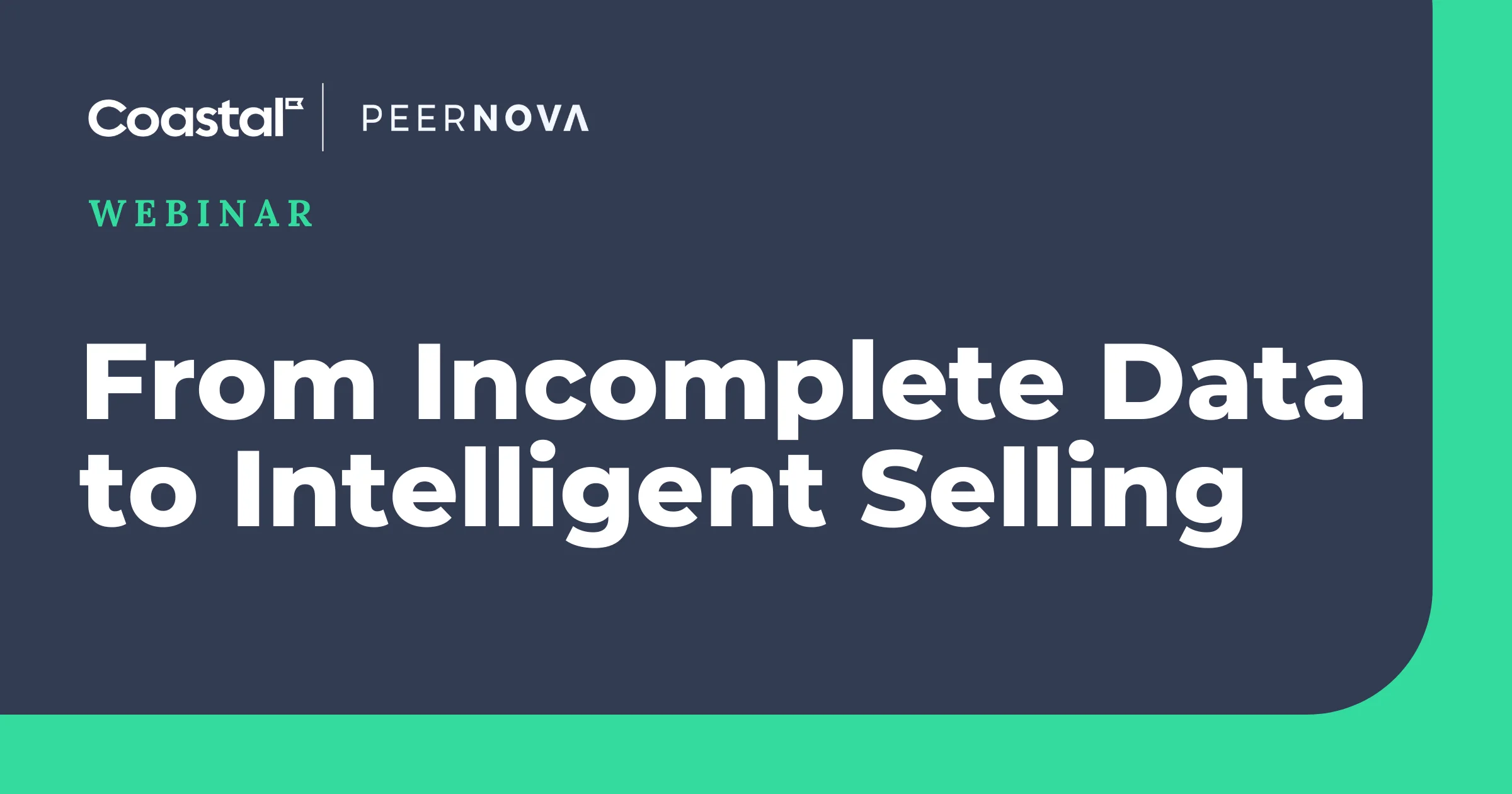Salesforce Revenue Cloud promises to revolutionize how businesses manage revenue, but success requires more than just implementing new software. To achieve true transformation—where sales, finance, and operations work in harmony—companies need to lay a solid foundation before going live.
The High Costs of Poor Preparation
Without careful preparation, even the most powerful revenue management solution can fall short of expectations. Companies that rush into implementation often face:
- Stalled Momentum: Unclear requirements, misaligned teams, and poor data quality lead to delays and frustration.
- Costly Rework: Failing to make key decisions upfront forces teams to redo configurations and integrations, wasting time and resources.
- Low User Adoption: When sales and revenue teams aren’t involved early on, they’re more likely to resist the new system, reducing its effectiveness.
These challenges create more than just minor inconveniences. They erode trust, slow down productivity, and ultimately impact revenue growth.
In this guide, we’ll explore five key considerations to ensure your Revenue Cloud implementation delivers maximum impact from day one.
1. Understanding Your Business Readiness
Before diving into implementation, take a realistic look at your business’s readiness. Success depends on whether your product catalog, pricing model, and internal processes align with the platform or if you need adjustments first.
How structured is your product catalog?
Your product catalog will determine the complexity of your Revenue Cloud implementation. Businesses typically fall into two categories:
- Structured Sellers – You have a well-defined product catalog and pricing strategy. Your main goal is automation and optimization without disrupting how you sell today.
- Unstructured Sellers – Your product and pricing structures lack consistency or are still evolving. This implementation isn’t just about automation—it’s a chance to standardize and refine your revenue approach.
For structured sellers, the focus is seamless integration. For unstructured sellers, expect to define pricing models, standardize products, and eliminate inconsistencies before go-live. The more clarity you have upfront, the fewer surprises you’ll face during migration and configuration.
Is your pricing model scalable?
Revenue Cloud isn’t just about digitizing what you already do—it’s about ensuring your pricing and product structures can scale. Ask yourself:
- Do your pricing models scale easily, or do they require frequent manual adjustments?
- Are discounting and bundling rules standardized, or do they vary across deals?
- Can your pricing structure support subscriptions, usage-based pricing, or new revenue streams?
Companies with unstructured pricing often struggle with inconsistent discounting, product bundling, and approvals. Revenue Cloud provides an opportunity to bring discipline and predictability to these processes. If your pricing is unpredictable, now is the time to refine your strategy—before it slows adoption.
Are you prepared to adapt?
Revenue Cloud is flexible, but no system will work exactly the way you’ve always done things. Even structured sellers may need to adjust internal processes to fit how Revenue Cloud operates.
Consider:
- Are you open to modifying sales processes to align with Revenue Cloud’s capabilities?
- If Revenue Cloud doesn’t support a process out of the box, do you have a plan to adjust or customize?
Companies expecting a one-to-one replication of their legacy system often struggle with adoption. Those that embrace smart adjustments see faster, smoother rollouts.
How Parallel Projects Can Impact Your Timeline
A Revenue Cloud implementation rarely happens in isolation. Other major projects—like pricing strategy overhauls or ERP upgrades—can add complexity.
Are you working with external consultants on pricing or go-to-market strategy? If so, ensure Revenue Cloud implementation is sequenced correctly to avoid bottlenecks.
Are other systems (ERP, finance, order management) undergoing changes at the same time? If so, coordination is critical—otherwise, Revenue Cloud may be built on shifting ground.
Bottom Line
Revenue Cloud is a powerful tool, but success depends on a well-defined product catalog, clear pricing rules, and realistic expectations. Companies that assess readiness, refine pricing models, and align internal teams before implementation set themselves up for faster ROI and fewer roadblocks.
2. Data Considerations: Structure, Quality, and Migration
A Revenue Cloud implementation is only as strong as the data behind it. Poor data quality or incomplete migration planning can derail go-live, slow adoption, and create unnecessary cleanup work later. To avoid these pitfalls, businesses must assess their data structure, quality, and migration strategy before implementation begins.
What type of data are you working with?
Revenue Cloud connects multiple revenue-driving functions, which means it touches a wide range of data types. Understanding what data you need, where it lives, and how clean it is will directly impact implementation success.
Key Data Categories:
- Sales & Quoting Data: Pipeline, open opportunities, historical quotes, and approvals.
- Product & Pricing Data: SKUs, bundles, pricing tiers, discount structures, and renewal terms.
- Contracts & Orders: Active contracts, subscription renewals, order management, and invoicing.
- Billing & Finance Data: Credit memos, revenue recognition, and payment schedules.
The key question: How structured and accessible is this data today?
If your data is already housed in CPQ, CRM, or ERP systems, migration will be more straightforward. But if it’s scattered across spreadsheets, PDFs, or disconnected systems, cleaning and standardizing it will take extra time.
Data Migration Challenges: Don’t Underestimate Complexity
One of the biggest mistakes businesses make is assuming data migration will be simple—only to hit roadblocks mid-project.
Common challenges include:
- Legacy Contracts & Pricing Models: Are contracts stored as PDFs? If so, OCR or manual extraction may be required.
- Misaligned Product & SKU Structures: If product catalogs are being restructured, legacy SKUs may not map 1:1 to the new system.
- Historical Data Cleanup: Are there errors, duplicates, or inconsistencies in old data?
Cleaning up data: Before or after migration?
Before Migration – Cleaning beforehand ensures a strong foundation, reducing post-launch issues like broken workflows and reporting errors.
After Migration – Some businesses opt to import everything first and clean later, but this approach increases risk—bad data is harder to fix once it’s in the system.
Bottom Line
Your data strategy will determine the success of your Revenue Cloud implementation. Clean, well-structured data means a smoother rollout and better long-term results.
3. Stakeholder and End-User Involvement
A Revenue Cloud implementation isn’t just an IT project—it’s a business transformation that impacts sales, finance, RevOps, and leadership. Without the right people involved at the right stages, misalignment, adoption resistance, and unexpected roadblocks can stall success.
Beyond IT: Why Business Teams Need a Seat at the Table
Revenue management is a business-driven function, yet many implementations start with IT leading the charge. While IT is essential for execution, ensuring Revenue Cloud actually supports business goals requires early involvement from:
- RevOps – Aligns pricing structures, discounting rules, and approval processes with revenue strategy.
- Sales – Provides insights into quoting workflows and contract management, preventing roadblocks.
- Finance – Ensures seamless integration with billing, invoicing, and revenue recognition processes.
Waiting until post-implementation to bring these teams in often leads to frustrating rework and poor adoption.
End-User Input: Critical for Adoption
Even the most well-designed system will fail if the people using it every day find it clunky. Identifying “super users” early in the process ensures Revenue Cloud is configured in a way that actually works.
- Sales reps can flag quoting or contract workflows that need refinement.
- RevOps and Finance can validate that pricing structures and approvals align with business needs.
Engaging these users early also increases buy-in and accelerates adoption, making the transition smoother post-go-live.
Time Commitment Expectations
A common pushback from business teams is the time required for involvement. While every project varies, companies should anticipate:
- Core stakeholders (Sales, RevOps, Finance, IT) to participate in weekly working sessions.
- Super users to dedicate 2–4 hours per week for testing, feedback, and system validation.
Companies that underestimate this commitment often scramble late in the process when misalignments surface. Setting expectations upfront prevents delays and last-minute frustrations.
Bottom Line
Revenue Cloud implementations are most successful when business stakeholders and end-users are involved from the start. Engaging the right people at the right time reduces rework, accelerates adoption, and ensures the system is built for real-world business needs.
4. Transitioning from Existing Systems
A smooth transition to Revenue Cloud requires careful planning around existing contracts, quotes, and sales data. Companies often underestimate how much needs to be accounted for on day one, leading to disruptions in sales processes and reporting.
What happens to open opportunities and legacy contracts?
Moving to Revenue Cloud means replacing manual processes, legacy CPQ tools, or homegrown systems. That raises critical questions:
- Active opportunities – Will open deals be recreated in Revenue Cloud, or will they stay in the old system until closed?
- Legacy contracts – Are existing contracts being migrated, or will they remain in an external system for reference? Don’t forget to consider amendment and renewal motions.
- Historical pricing models – If pricing structures are changing, how will renewals and amendments be handled?
- Customer communication – Do you have a communication strategy to educate customers on changes to your product structure?
Without a clear migration and coexistence strategy, companies risk losing visibility into live deals, miscalculating revenue projections, or forcing sales teams into manual workarounds.
Addressing SKU and Pricing Structure Changes
If Revenue Cloud is part of a larger pricing or product catalog overhaul, companies must account for differences in legacy and new SKUs:
- Do legacy SKUs map 1:1 to new product structures?
- How will renewals be handled if pricing models shift?
- Will sales reps need to manually update old quotes and contracts to align with new configurations?
- What is the process for sunsetting old products?
- Will active contracts need to be updated mid-term or upon renewal?
Without proper planning, these changes can disrupt ARR tracking, renewals, and revenue forecasting, leading to reporting inconsistencies post-go-live.
Go-live readiness: What must be in the system before launch?
One of the biggest pain points in implementation is realizing critical data is missing on day one. To prevent sales disruptions, businesses should define exactly what must be in Revenue Cloud before launch:
- Which contracts, price books, and quotes must be migrated?
- What product and pricing structures must be finalized?
- How will sales teams access legacy deals that aren’t migrated?
Companies that rush implementation without answering these questions often find themselves scrambling post-launch—leading to adoption resistance, slowed deal cycles, and lost revenue visibility.
Bottom Line
A successful Revenue Cloud implementation isn’t just about new functionality—it’s about seamless continuity. Companies that plan for how open deals, legacy contracts, and pricing shifts will be handled can avoid sales disruptions and ensure a frictionless transition.
5. Preparing for Metrics & Reporting from Day One
One of Revenue Cloud’s biggest advantages is its ability to provide visibility into key revenue metrics. However, this only works if businesses define what they need to track upfront. Without a clear plan, companies risk broken reports, misaligned KPIs, and gaps in revenue forecasting.
Define How You’ll Measure Success
Before implementation, companies must align on which revenue metrics matter most and ensure Revenue Cloud supports them. Key considerations include:
- Annual Recurring Revenue (ARR) – How will subscription and renewal revenue be tracked?
- Total Contract Value (TCV) vs. Annual Contract Value (ACV) – How will multi-year contracts be accounted for?
- Cross-sell & Upsell Reporting – Will sales teams need visibility into expansion opportunities?
Companies that don’t define clear revenue KPIs before implementation often struggle post-go-live with incomplete or misleading reports.
Bottom Line
Revenue Cloud’s reporting capabilities are only as strong as the planning that goes into them. Companies that define key metrics, align on SKU transitions, and ensure data consistency before launch will gain real-time insights and reliable revenue forecasting from day one.
Proactive Planning = Faster ROI
Revenue Cloud isn’t just a tool—it’s a long-term strategy. Getting real value out of it means thinking beyond configuration and focusing on the bigger picture: people, processes, and data alignment.
Key Takeaways for a Successful Revenue Cloud Implementation
- Data Integrity is Non-Negotiable – Clean, structured data is the backbone of accurate forecasting, streamlined operations, and confident decision-making.
- Alignment Drives Adoption – Engaging sales, finance, and operations early ensures seamless integration and a system people actually use.
- Agility Fuels Growth – A flexible foundation allows you to evolve pricing models, product offerings, and revenue strategies as the market shifts.
When these elements come together, Revenue Cloud becomes more than a system—it becomes a growth engine that improves forecast accuracy, boosts sales productivity, and accelerates revenue.
Partnering for Success
You don’t get ROI by chance—you get it through smart execution. Revenue Cloud is powerful, but implementation can be complex. Without the right strategy, businesses risk inefficiencies, misaligned processes, and costly rework.
That’s where Coastal comes in. We help companies cut through the complexity and implement Revenue Cloud in a way that works for their business—whether that means refining existing processes or rethinking their entire revenue model.



